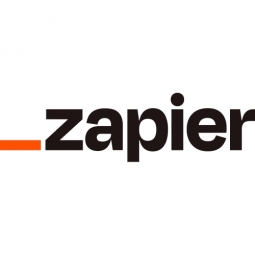Automating Fashion: How Make It Hapin Leveraged Automation for Business Success
- Functional Applications - Inventory Management Systems
- Platform as a Service (PaaS) - Application Development Platforms
- Cement
- Retail
- Warehouse & Inventory Management
- Building Automation & Control
- Inventory Management
Veronica Lieberman, while working for a fashion subscription box, identified a gap in the market. She noticed that the fixed inventory of these boxes didn't allow for individual styles to break through. She also found that recreating outfits from online inspiration was a challenging task. Veronica decided to create Make It Hapin, a personal shopping and styling service that helps people recreate their online fashion inspirations within their budgets. However, she faced a significant challenge in bringing her vision to life. She knew she wanted to use Mailchimp and Front for her business, but she needed a way to get these platforms to communicate with each other. She also wanted to automate some of the processes to avoid being constantly on-call and on alert for new client requests.
Make It Hapin is a personal shopping and styling service created by Veronica Lieberman. The service is designed for individuals who know what they like in fashion but don't know how or don't have the time to recreate it themselves. Make It Hapin helps these individuals get their online fashion inspiration into their closets, in their size, and within their budgets. The service is unique in that it allows clients to submit outfit ideas and doesn't limit the inventory. This flexibility enables the Make It Hapin team to build outfits at all price points, for every kind of person. The service is entirely cloud-based, with clients signing up on the website, submitting a photo of an outfit and their payment, and then being assigned a personal shopper who makes the outfit a reality.
Veronica found the solution in Zapier, an app automation tool. With Zapier, she was able to establish a process that allowed her to manage her business without being chained to her phone. Zapier integrated with all the apps she planned on using, eliminating the need for her to learn software language or become an engineer. She used Gravity Forms, a WordPress forms app, to start the process. When a client filled out a form, Zapier sent the client's information from Gravity Forms to Front, where a welcome message was immediately sent out. This quick contact helped engage with the lead while they were still interested. Veronica also created a Zap connecting Gravity Forms to Mailchimp. Once a client filled out the form, Zapier added them to a specific new user mail list. This automation allowed Veronica to focus on problem-solving and strategy rather than responding to every text.
Related Case Studies.











